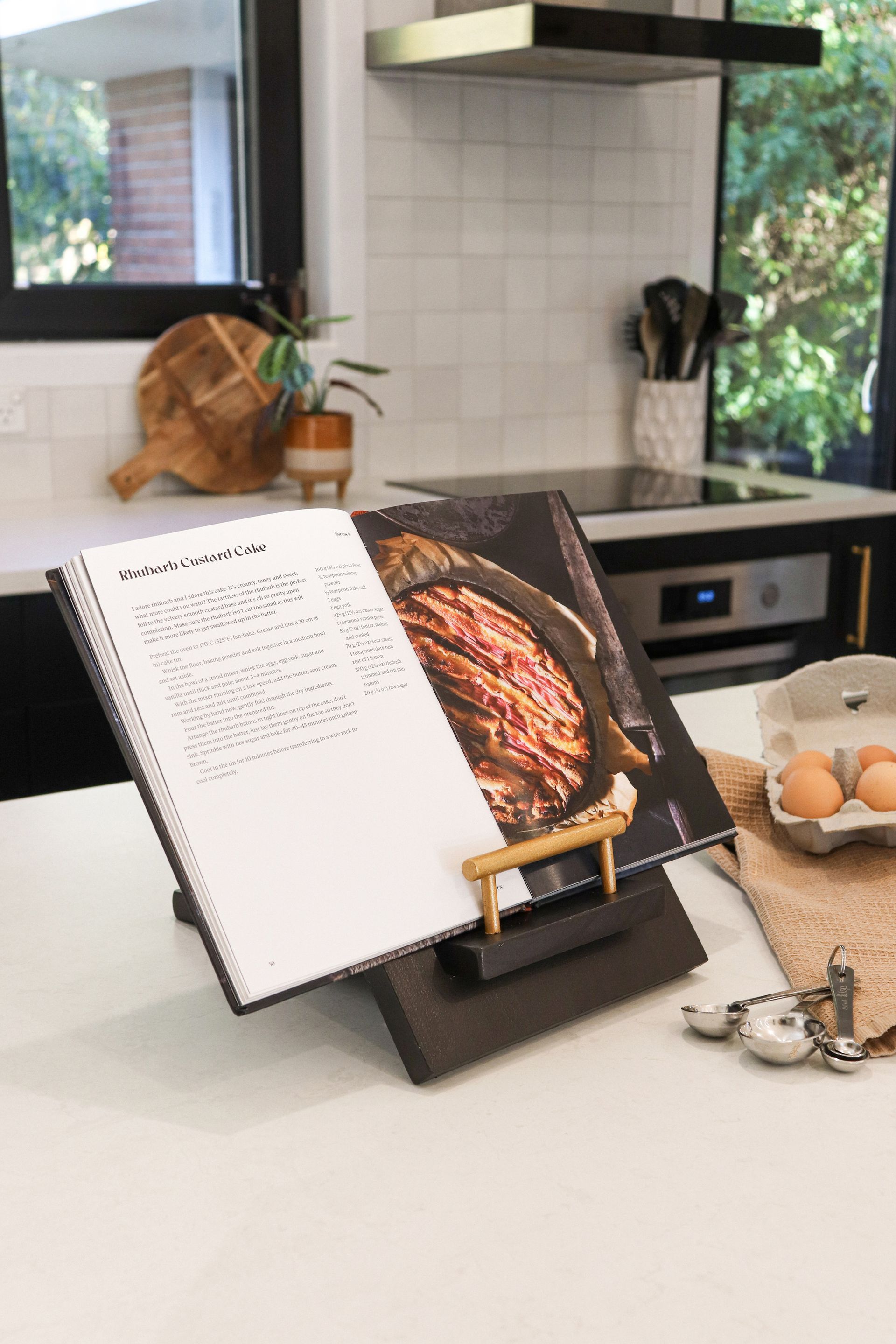Aotearoa New Zealand’s histories/Te Takanga o te Wā – the new history curriculum for school students – is generating an upsurge of interest in Akaroa and the special place it holds in our past. Local guide and ecologist Marie Haley is thrilled to be sharing the peninsula’s unique stories with young people and suggests there is no better place for a New Zealand history tour than Akaroa.
When I last met Marie in 2018, she was busy checking wētā motels out the back of her remote farmhouse home above Goughs Bay and chatting about her work for The Wildside Project on Te Pātaka o Rākaihautū, Banks Peninsula. A conservation ecologist, Marie has a love of positive storytelling as a way to build connection and understanding. Her passions came together that year with the launch of her regenerative tourism venture, The Seventh Generation, a name reflecting her own seventh-generation ancestry on the peninsula as well as a sense of obligation and care stretching into the future. Her goal has been to engage visitors with the landscape and its stories in order to foster active participation and a deeper appreciation for the area’s extraordinary heritage and natural values.
Since then, she has become a mother and, with the global pandemic, international tourism fell away; it feels like the whole world has changed. Over the past few years, our focus has become much more local in so many ways, bringing with it a rise of interest about identity, culture and history. The new school histories’ curriculum is feeding into that too. Marie is excited to be tapping into this ‘need to know’, with a lot more enquiries this year on her local history tours particularly from schools seeking guided interpretations of Takapūneke and other local sites.
‘The strongest interest in my tours has been at the senior secondary school level – and it’s across a range of subjects – but they are specifically interested in the history tours. They’re looking for a local person with that local knowledge and connections to really bring the history alive. There’s such a push to look at New Zealand history now in the schools. It’s all very new and Takapūneke is really only just becoming known around the country as an important site.’
Both the Christchurch City Council and Ōnuku Rūnanga consider Takapūneke Reserve a place of national significance that needs to be recognised and protected. A landscape masterplan has been developed to ensure the land is properly restored and respected. In the 1800s, Te Maiharanui – Ūpoko Ariki of Ngāi Tahu – established a major trading post with the Europeans at Takapūneke, which was the site of a tribal massacre in 1830 involving the crew of the British brig Elizabeth and Ngāti Toa chief, Te Rauparaha. This event directly sparked closer British involvement in the affairs of New Zealand, in turn contributing to the signing of He Whakaputanga o te Rangatiratanga o Nu Tireni (the Declaration of Independence of the United Tribes of New Zealand) in 1835 and then the signing of Te Tiriti o Waitangi on 6 February 1840.
Marie says recognition of Takapūneke’s importance has been a long time coming. Landscape restoration work at the reserve has begun, expressing mana motuhake and a meaningful Te Tiriti o Waitangi partnership between Mana Whenua and the Christchurch City Council. ‘I really want to acknowledge Ōnuku as Mana Whenua. If it wasn’t for them having stood up 20 years ago and wanting to respect that land and to heal it, then it could have all been houses and completely lost as an historical and cultural site.’
In Marie’s experience, not many schools – or even the wider public – are aware of the incredible cluster of historic sites on offer in Akaroa. As well as Takapūneke, there is Ōnuku Marae where Te Tiriti o Waitangi was first signed in the South Island. Tucked away beside Takapūneke Reserve is the Britomart Monument where the British first demonstrated sovereignty over the South Island. ‘Then, of course, we have the site of the Kemp Purchase, which was the forced sale of Canterbury – 8.1 million hectares for £2,000 in 1848. Also, Tuhiraki [Mount Bossu, above Akaroa Harbour]. I always start my trips with Tuhiraki, marking the first Polynesian settlers to Te Pātaka o Rākaihautū/Banks Peninsula.’
Marie is keen to spread the word – not just to schools – about Akaroa’s unique significance in the history of Aotearoa New Zealand. ‘Everyone knows about the French settlement, but not that many know just how important Akaroa is on the national scale for the impact that its history had on New Zealand.’
For more information, visit www.theseventhgeneration.org
Recent stories



All Rights Reserved | CountryWide Media





